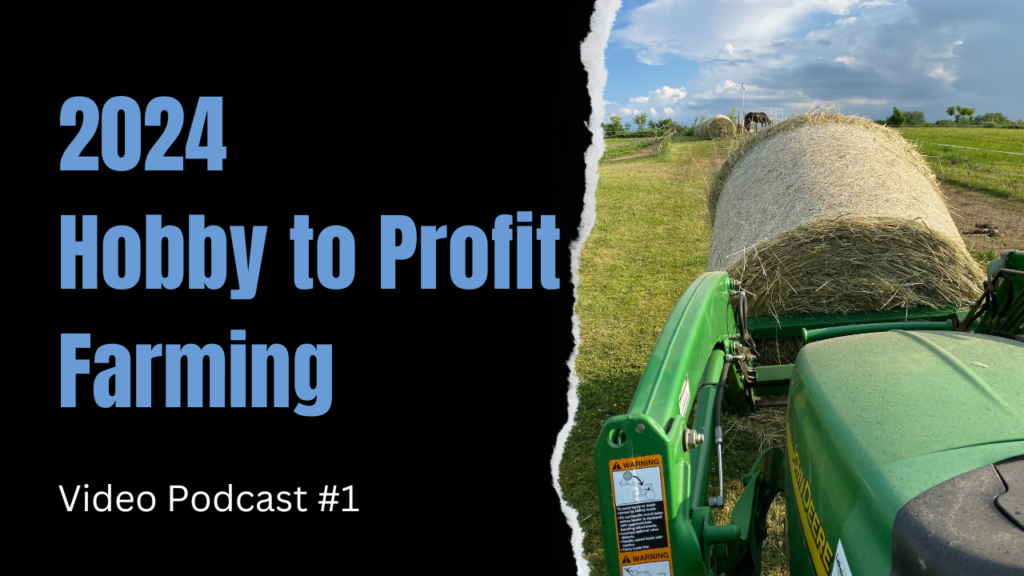When was the last time you took your goat’s temperature just because?
If your answer is “never,” it might be time for a quick herd health reality check.
Knowing your herd’s baseline health—what’s normal for their temperature, behavior, feed intake, and overall vibe—isn’t just for show breeders or vet techs. It’s for every goat owner, from backyard hobbyists to full-on farm operations. Because when something’s off, you need to know it’s off. And fast.
Why Baseline Health Matters
Goats are notorious for hiding symptoms until things are critical. By the time you notice they’re not eating or lying in the corner, the clock is already ticking.
Establishing a baseline gives you a solid “normal” to compare against when something feels wrong. That means:
-
-
- Knowing each goat’s typical temp, heart rate, and rumen activity
- Being familiar with their attitude, appetite, and social behavior
- Catching subtle changes before they spiral into emergencies
-
What’s in Your Goat Medical Bag?
Imagine this: You find a goat down at dusk. The vet can’t come until morning. What do you do?
Having a well-stocked medical kit and the knowledge to use it can be the difference between life and loss.
Essentials every goat owner should have on hand:
-
-
- Thermometer (you’d be surprised how many people forget this!)
- Drench gun and syringes
- Electrolytes, probiotics, and vitamin B complex
- Injectable antibiotics and knowledge of which to use for what
- Dewormers and coccidia treatment options
- Tools for treating anemia and understanding FAMACHA scores
- A quick-reference guide that actually fits in your pocket (or phone)
-
Your Knowledge Toolbox: Don’t Guess—Check
That’s why I created the Goat Emergency Online Edition—an interactive mobile PDF designed to give goat owners fast, fingertip access to everything they need to assess and act.
What’s inside?
-
-
- Normal vitals, estrus, and gestation timelines
- Vaccination schedules by age
- Dosing charts for dewormers, coccidia treatments, antibiotics, and more
- A deep dive on Polio/Listeria and how to act quickly
- External parasite control
- Anemia support + FAMACHA visual reference
-
It’s not a substitute for your vet. But it is the thing you’ll reach for at 10 p.m. when you’re alone in the barn with a goat who’s suddenly not okay.
👉 Grab your Goat Emergency Mobile Guide here
Keep it on your phone. Review it while you sip coffee. Pull it up when the panic starts.
Because when you know what normal looks like, you’re one step closer to catching problems before they become emergencies.





